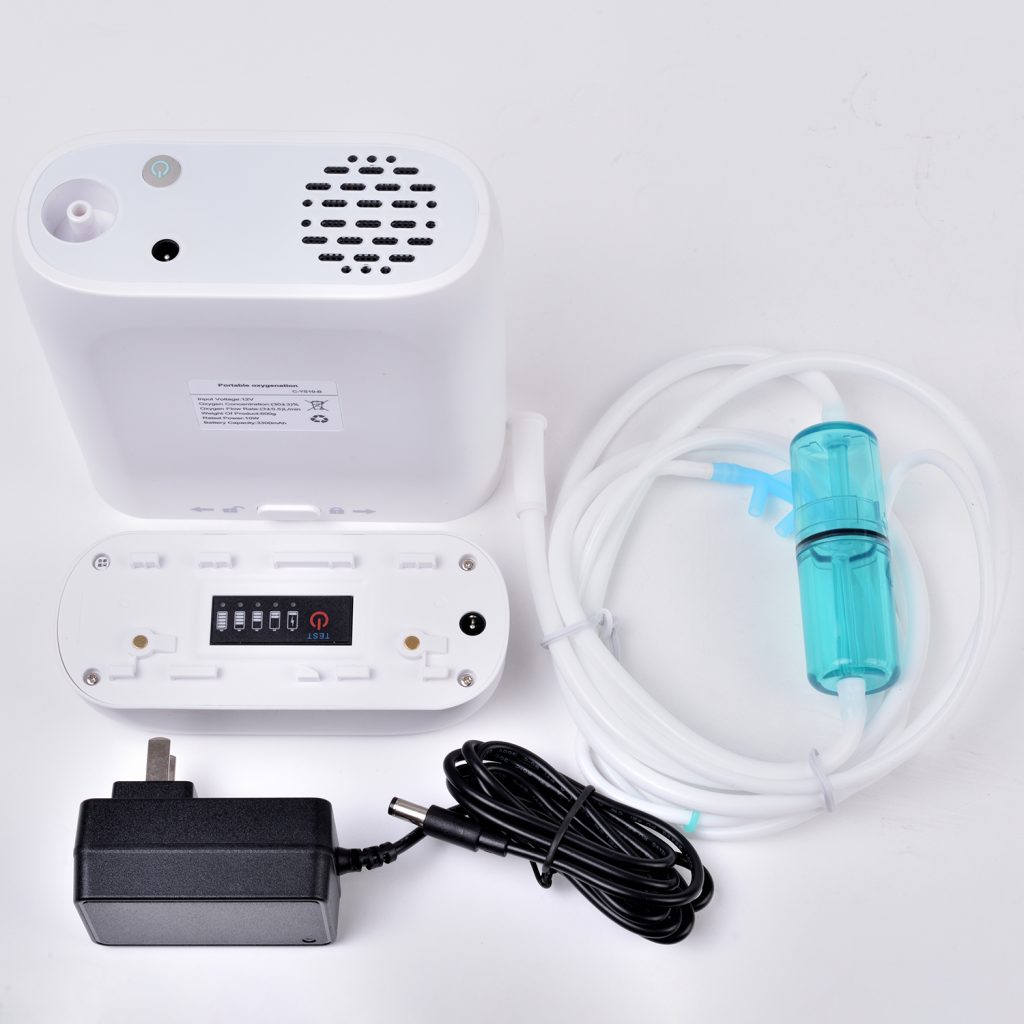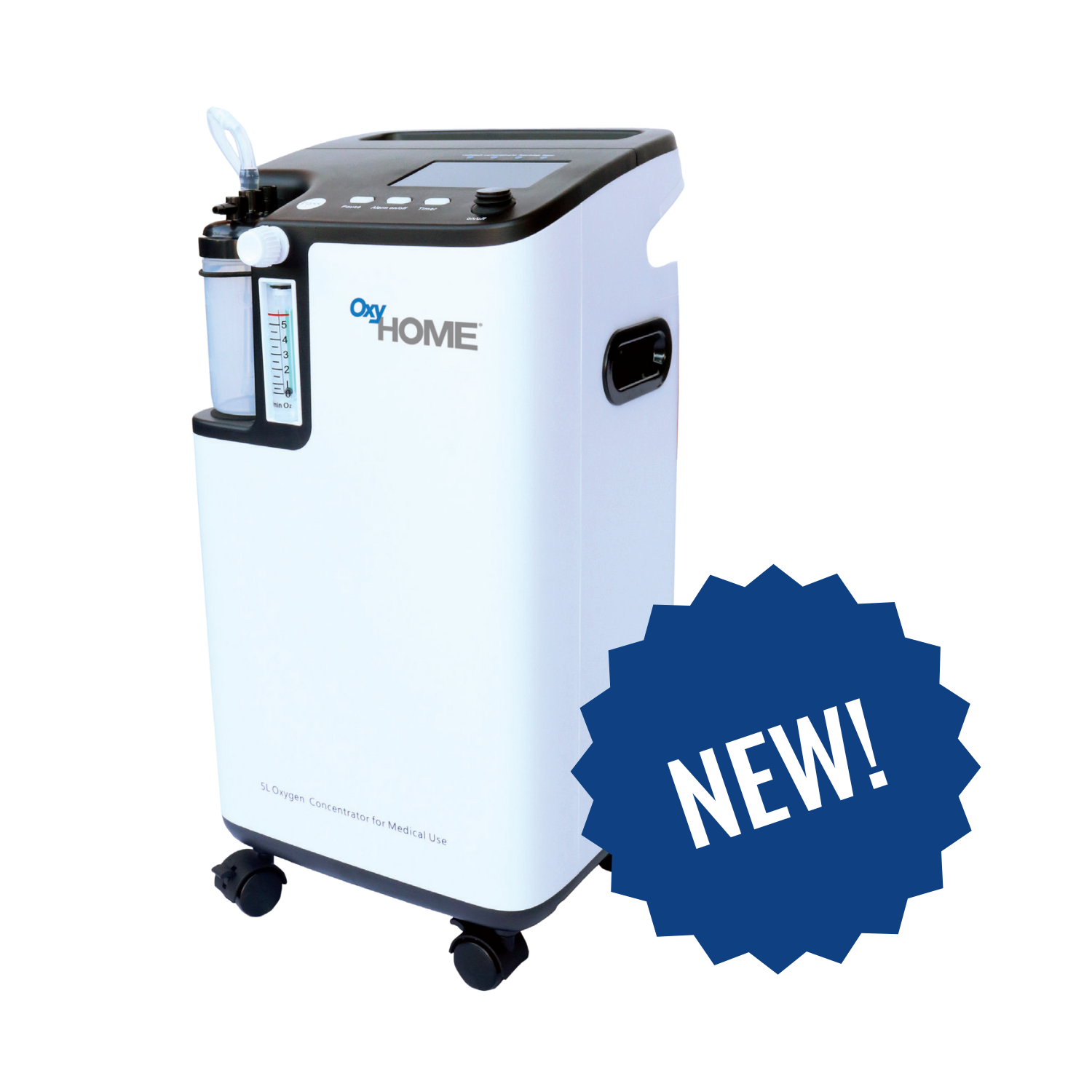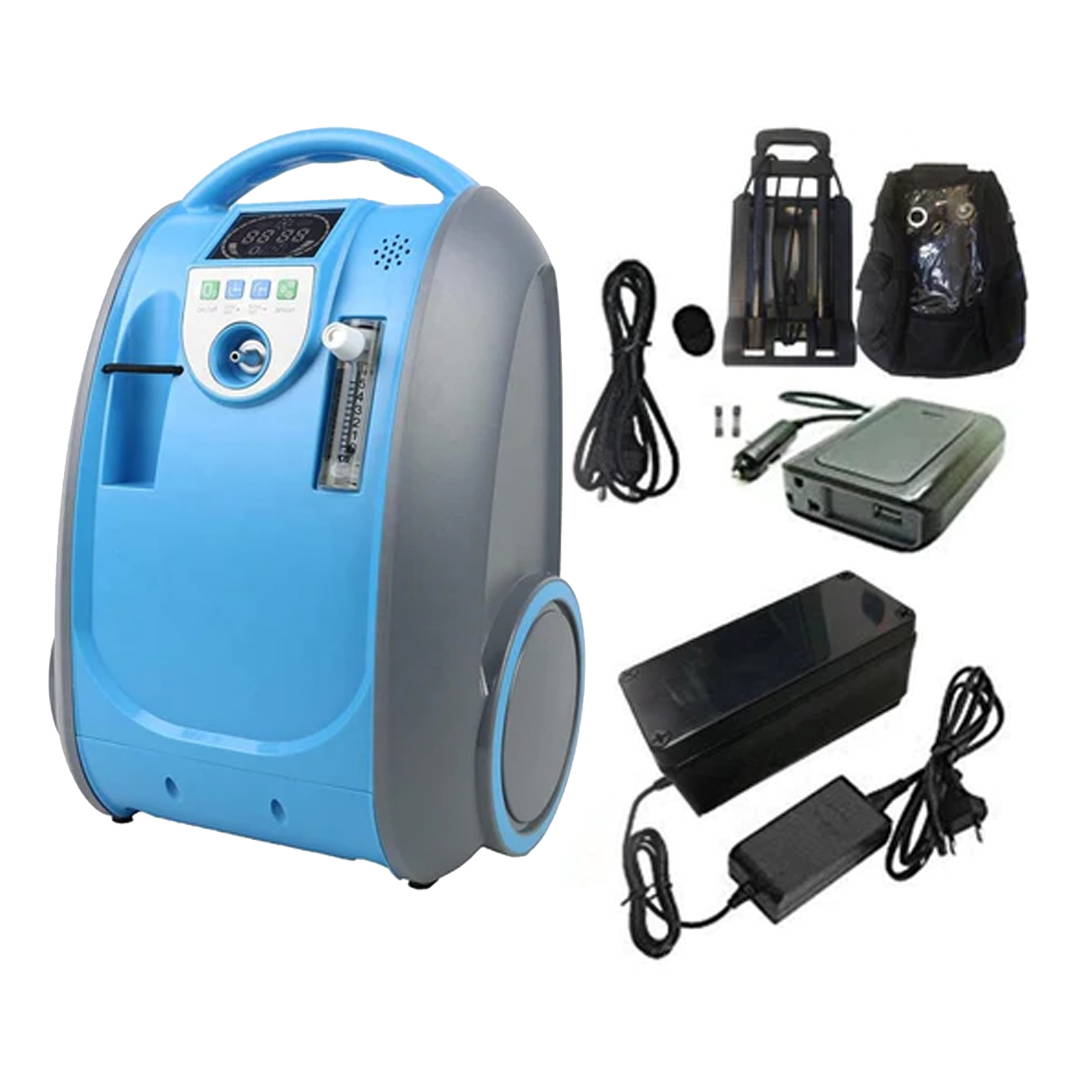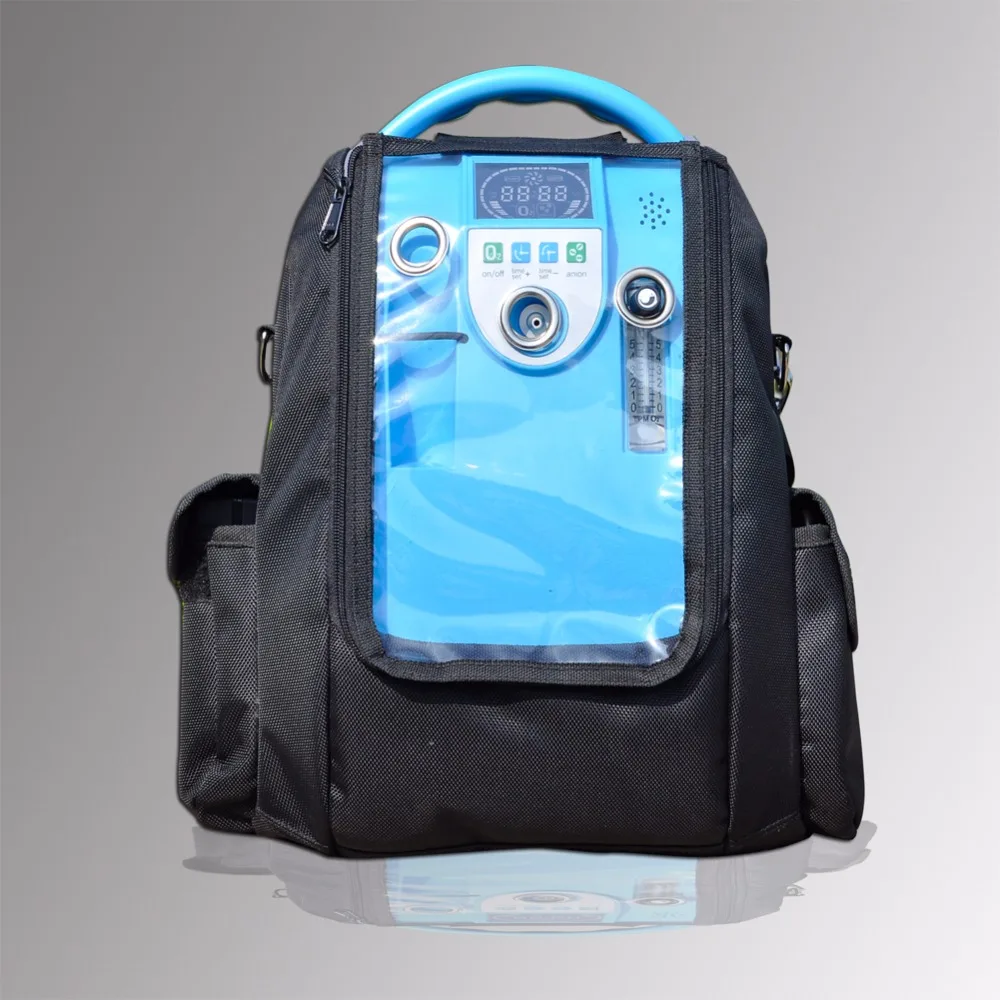Portable Air Concentrator With Continuous Flow

Imagine a world where the simple act of breathing freely isn't a given, where every breath is a conscious effort, a battle against a body that's struggling to provide life's most essential element. For millions living with chronic respiratory conditions, this isn't a hypothetical scenario; it's their daily reality. But on a bright summer morning, hope arrived in a small, unassuming package – a portable air concentrator with continuous flow, promising a new chapter of freedom and independence.
This portable device represents a significant advancement in respiratory care, offering individuals with conditions like COPD, pulmonary fibrosis, and cystic fibrosis a newfound ability to manage their oxygen needs without being tethered to heavy, stationary equipment. It allows patients to maintain an active lifestyle while receiving the continuous oxygen flow necessary for their health and well-being.
The Breath of Freedom: A New Era in Respiratory Care
The development of portable air concentrators marks a pivotal moment in the treatment of respiratory illnesses. For decades, patients requiring supplemental oxygen were largely confined to their homes, limited by the bulky and often cumbersome nature of traditional oxygen tanks and stationary concentrators.
These older systems, while life-saving, imposed significant restrictions on daily activities, hindering social interaction, travel, and even simple errands. The limitations placed a heavy burden on patients and their families, affecting their quality of life and overall well-being.
“The biggest challenge with traditional oxygen therapy has always been the lack of portability,” explains Dr. Emily Carter, a pulmonologist at the National Institute of Health (NIH). “Patients often felt trapped and isolated. This technology has the potential to dramatically improve their lives."
How Does a Portable Air Concentrator Work?
Unlike oxygen tanks, which store a finite supply of compressed oxygen, a portable air concentrator works by drawing in ambient air, filtering out nitrogen, and delivering concentrated oxygen to the patient. This process allows for a continuous and virtually unlimited supply of oxygen, eliminating the need for refills and providing greater freedom and flexibility.
The technology relies on a process called Pressure Swing Adsorption (PSA). This process uses a special material, typically zeolite, to selectively adsorb nitrogen from the air at high pressure. When the pressure is reduced, the nitrogen is released, leaving behind concentrated oxygen, which is then delivered to the patient.
The key advantage of this technology is its ability to provide a continuous flow of oxygen, which is essential for patients with more severe respiratory conditions. Continuous flow ensures a steady supply of oxygen to the lungs, preventing fluctuations in blood oxygen levels and reducing the risk of complications.
The Impact on Patients' Lives
The impact of portable air concentrators on patients' lives is profound and far-reaching. These devices offer increased independence, allowing individuals to participate more fully in daily activities, pursue hobbies, and maintain social connections.
Maria Rodriguez, a 62-year-old retired teacher living with COPD, shares her experience. "Before, I was afraid to leave the house. I was constantly worried about running out of oxygen. Now, I can go for walks in the park, visit my grandchildren, and even travel. It's given me my life back."
Studies have shown that portable oxygen concentrators improve patients’ physical and mental well-being. A 2022 study published in the Journal of Cardiopulmonary Rehabilitation and Prevention found that patients using portable concentrators reported higher levels of physical activity, lower levels of anxiety and depression, and improved overall quality of life compared to those using traditional oxygen therapy.
Key Features and Considerations
Portable air concentrators are designed with user-friendliness in mind. They are typically lightweight, compact, and easy to operate. Most models feature adjustable flow rates to meet individual oxygen needs, and they come with rechargeable batteries that provide several hours of use on a single charge.
However, it's crucial to consider several factors when choosing a portable air concentrator. These factors are: the device's size and weight, battery life, oxygen flow rate, noise level, and maintenance requirements. Consulting with a healthcare professional is essential to determine the most appropriate device for individual needs.
Another consideration is the cost of the device. Portable air concentrators can be expensive, ranging from several thousands of dollars. Fortunately, many insurance companies cover a portion of the cost, and financial assistance programs are available to help patients afford these life-changing devices.
The Future of Portable Oxygen Therapy
The future of portable oxygen therapy looks promising. Advancements in technology are leading to smaller, lighter, and more energy-efficient devices. Researchers are also exploring new ways to improve the efficiency of oxygen concentrators and to develop devices that can be personalized to meet individual patient needs.
One exciting development is the integration of smart technology into portable air concentrators. These "smart" devices can track patients' oxygen levels, activity levels, and other vital signs, providing valuable data to healthcare providers and helping to optimize treatment plans. They can also send alerts to patients and caregivers in case of emergencies.
“We are seeing a shift towards more personalized and proactive respiratory care,” says Dr. Carter. “These new technologies will empower patients to take greater control of their health and to live more fulfilling lives."
Challenges and Opportunities
Despite the significant advancements in portable air concentrator technology, some challenges remain. One of the main challenges is ensuring access to these devices for all patients who need them, particularly those in underserved communities.
Cost remains a barrier for many individuals, and access to healthcare providers who are knowledgeable about portable oxygen therapy can be limited in some areas. Addressing these challenges requires a collaborative effort from healthcare providers, policymakers, and industry leaders.
Opportunities exist to expand access to portable air concentrators through government programs, charitable organizations, and innovative financing models. Educating healthcare providers and the public about the benefits of portable oxygen therapy is also essential.
Moreover, continued research and development efforts are needed to further improve the performance, reliability, and affordability of portable air concentrators. By addressing these challenges and seizing these opportunities, we can ensure that more patients have access to the life-changing benefits of this technology.
A Breath of Fresh Air
The development and widespread adoption of portable air concentrators represent a triumph of innovation and a testament to the power of technology to improve lives. These devices are not just machines; they are symbols of hope, freedom, and independence for millions of people living with respiratory illnesses.
As technology continues to advance, we can expect even more sophisticated and personalized portable oxygen solutions to emerge, further enhancing the quality of life for patients with respiratory conditions.
In a world where every breath counts, portable air concentrators offer a breath of fresh air, empowering individuals to live fuller, more active, and more meaningful lives. It is a story of innovation, compassion, and the unwavering human spirit.


















